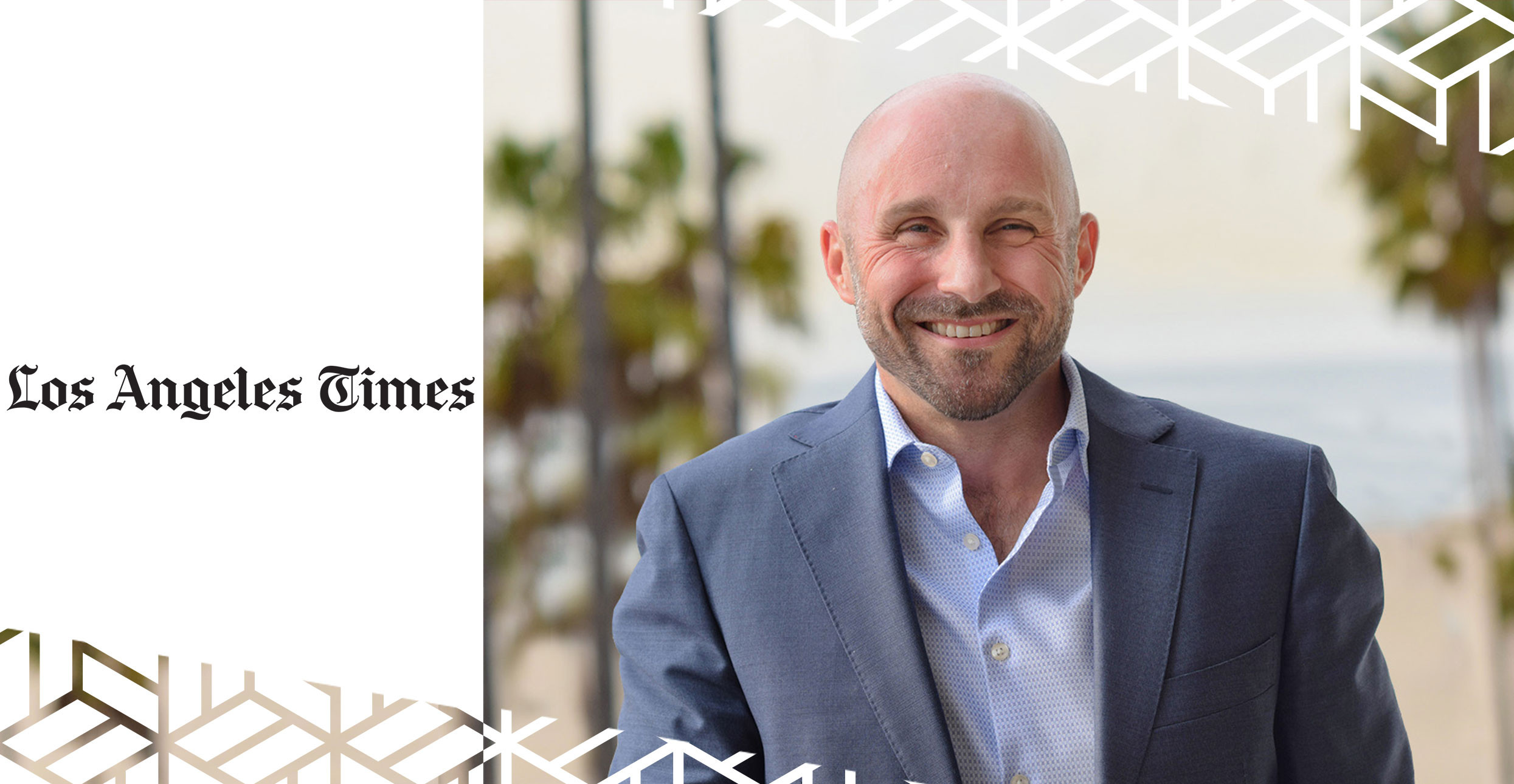Executive vice president of the West region Greg Skalaski was featured in a Los Angeles Times Q&A on the outlook for 2023. You can read the full LA Times article here and Greg’s responses below.
What advice would you give your clients for the coming year?
Keep a long-term view in mind. While short-term economic uncertainty may cause wariness in moving forward with a construction development or project, upfront planning and collaboration can mitigate risks. Find experts and partner with them from the outset - having the right construction manager at the table alongside owners, architects and designers allows for feasibility reviews and real-time adjustment to market changes. In a time of uncertainty, this helps provide certainty of outcome.
What market risks do you foresee for 2023 and how do you suggest clients mitigate them?
Material price and availability will continue to be volatile, but owners can set their projects up for success before they even begin. In the preconstruction process, align all key stakeholders - owner, architect, designer, construction manager, and major subcontractors - around a common schedule and cost target so everyone is driven toward the same goal. This ensures the best available materials are selected and eliminates the need for future redesigns; allows for early communication with subcontractors to set a base for material costs; and allows for the early release of procurement packages, mitigating lead time and pricing risks.
What trends can we expect from a supply chain management perspective?
Any material can be affected, with costs and lead times shifting in an instant and many items reaching all-time highs in 2022. Immediate action and problem-solving are required to deliver on projects. Different construction methods should be considered - for example, mechanical, electrical, and plumbing (MEP) systems can be prefabricated, saving time and money by installing them all at once. Modular construction allows for expedited schedules and the flexibility of reconfiguration to meet changing needs. Customized tools and processes can allow project teams to react quickly to changing conditions when implemented effectively. For example, Shawmut created an in-house department led by preconstruction and estimating experts that collects, analyzes and disseminates data in real-time to monitor and react quickly to changing conditions. These reports arm project teams and clients with the latest information to make the best decisions based on the current market.
How significantly has the work-from-home movement altered operational protocols in California?
With the office market ever-evolving and the war for talent continuing, companies are putting an increasingly concerted focus on appealing, flexible work packages that include hybrid and remote work. As a construction company, the nature of our work requires in-person work on project sites and in the office, but we created a flexible work program in 2016 - the first in the industry - which allowed us to seamlessly transition to remote and hybrid work in March 2020. Shawmut Flex was created based on the principle that people perform their best when they feel their best, so everyone is empowered to own their schedule. The program has feasible options for the entire company, offering remote work, shifted hours, compressed work weeks and more.
